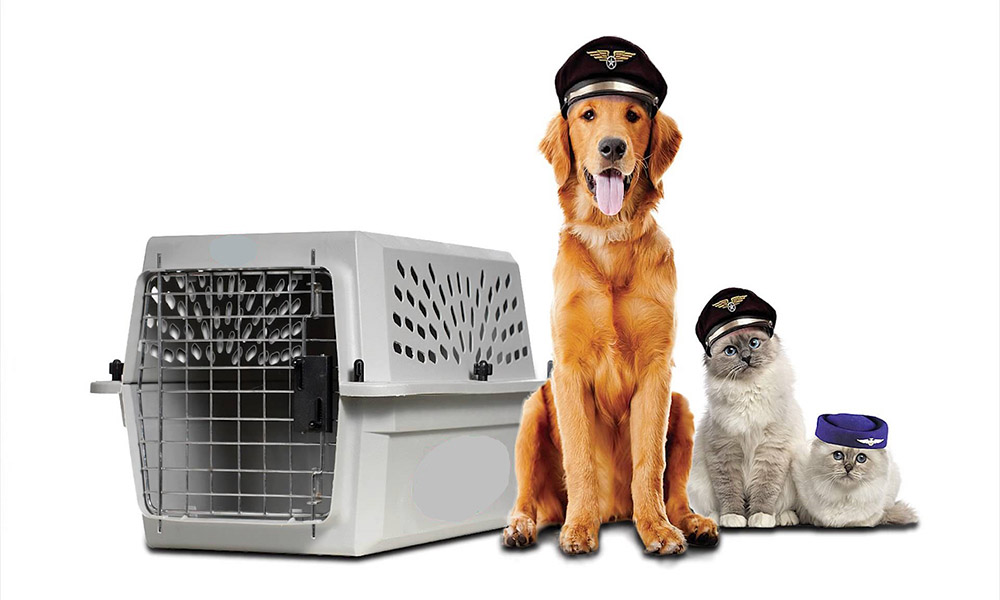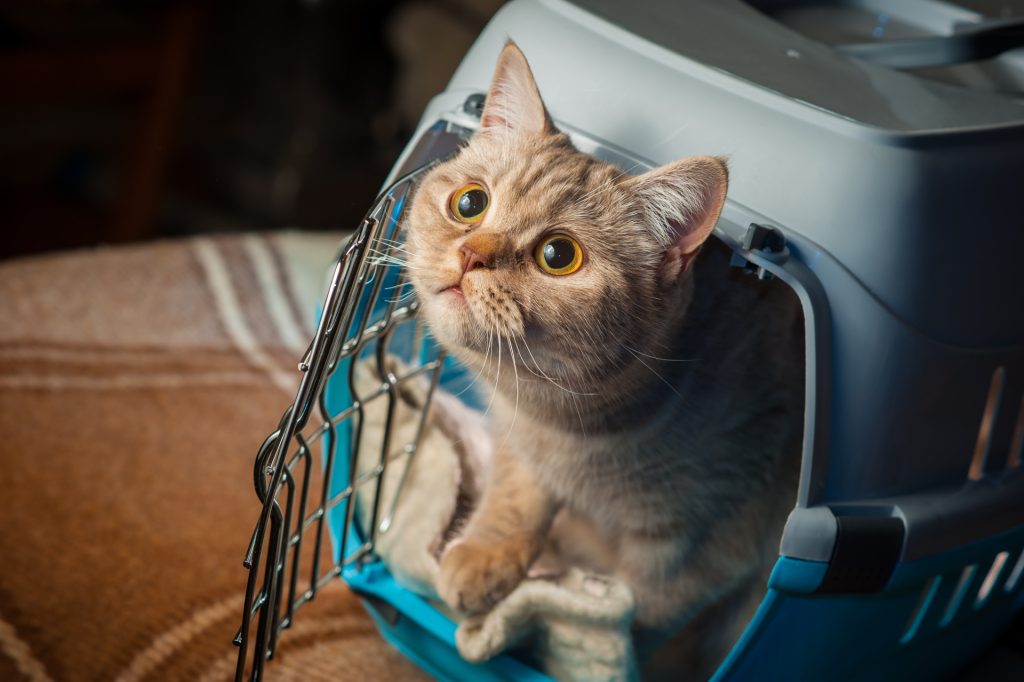A Complete Guide to Transporting Pets from Hanoi to Dallas
Transporting pets internationally can be a complicated process, but with the right preparation, you can ensure your furry friend has a safe and smooth journey. If you’re planning to transport a pet from Hanoi, Vietnam, to Dallas, Texas, this guide will walk you through everything you need to know, from required documents to choosing the right transport method.
Whether you’re relocating, going on vacation, or bringing your pet to join you in a new country, understanding the step-by-step process will help make the journey less stressful for both you and your pet. Let’s dive into the essential aspects of transporting your pet from Hanoi to Dallas.
1. Understanding the Regulations for Pet Transport to the U.S.

Before making any travel plans, it’s crucial to understand the regulations for bringing a pet into the United States. The U.S. has strict rules for importing animals to prevent the spread of diseases, such as rabies, which could potentially harm both humans and animals. The key regulations you need to consider are:
A. U.S. Import Requirements
The U.S. Centers for Disease Control and Prevention (CDC) oversees the importation of animals, including pets. When bringing a dog or cat into the U.S., the following requirements apply:
- Rabies vaccination: Your pet must be vaccinated against rabies at least 21 days before the date of travel. Puppies and kittens under 12 weeks of age are exempt from this rule, as they are too young to receive the rabies vaccine.
- Microchip: Though not always required, having a microchip implanted in your pet is highly recommended. It ensures that your pet can be easily identified if lost during the travel process.
- Health Certificate: A certificate of veterinary inspection (health certificate) issued by an accredited veterinarian is required. It confirms that your pet is healthy and fit to travel.
B. Quarantine Regulations
For pets coming from countries that pose a higher risk for diseases, the CDC may require a period of quarantine upon arrival. Fortunately, Vietnam is not considered a high-risk country for rabies, so pets from Hanoi typically do not need to quarantine. However, it’s essential to confirm this with the CDC or consult with your veterinarian.
2. Required Documents for Pet Transport from Hanoi to Dallas
One of the most important parts of preparing for international pet transport is ensuring that you have the necessary documents in order. Here are the key documents that will be required for transporting your pet from Hanoi to Dallas:
A. Rabies Vaccination Certificate
Your pet must have proof of rabies vaccination, administered at least 21 days before travel. The rabies certificate should include:
- The pet’s age, breed, and identification details
- The date of vaccination
- The name and license number of the veterinarian who administered the vaccine
B. Veterinary Health Certificate
A health certificate issued by an accredited veterinarian in Hanoi is essential. The certificate must confirm that your pet:
- Is free from contagious diseases
- Is fit for travel
- Has been treated for internal and external parasites (if applicable)
Most airlines require the health certificate to be issued within 7 days of travel, so it’s important to schedule a veterinary appointment in advance.
C. Import Permit
Though the U.S. does not require an import permit for pets coming from Vietnam, some airlines or transit countries may require additional permits or specific paperwork. Check with the airline you plan to travel with for specific requirements.
D. Tapeworm and Tick Treatment
While this isn’t required for travel to the U.S. from Vietnam, many countries do require proof of tapeworm and tick treatment before entering their borders. It’s worth confirming with the airline and the U.S. Department of Agriculture (USDA) whether this is necessary.
3. Choosing the Right Airline and Pet Transport Service
Transporting pets internationally requires careful planning, especially when it comes to selecting the right airline and transport service. There are two primary options for transporting pets from Hanoi to Dallas: cargo and cabin travel.
A. Flying Pets in the Cargo Hold
The most common way to transport pets internationally is by cargo. Pets travel in a climate-controlled and pressurized area of the airplane’s cargo hold. While this might sound daunting, most airlines ensure that the cargo hold is safe and comfortable for animals.
Choosing an Airline
When booking a flight, it’s essential to choose an airline that specializes in pet transport and meets the guidelines established by the International Air Transport Association (IATA). Popular airlines for pet transport include:
- Vietnam Airlines
- Qatar Airways
- Emirates
- Lufthansa
Each airline has different rules and regulations regarding pet transport, so it’s important to confirm their requirements in advance, such as the size and type of carrier they accept, fees, and any specific health or vaccination requirements.
What to Expect for Cargo Travel
- Pet Carrier: You will need an IATA-approved pet carrier for your pet to travel in. The carrier must be large enough for your pet to stand, turn around, and lie down comfortably.
- Check-in Procedure: You will check in your pet at the cargo desk of the airport before your flight. Most airlines recommend arriving at least 3-4 hours before departure to ensure enough time for all paperwork and checks.
- Arrival: Upon arriving in Dallas, you will need to pick up your pet from the airline’s cargo area. There may be additional customs and inspection procedures, especially if you are arriving with multiple pets.
B. In-Cabin Travel for Small Pets
For smaller pets, such as cats and small dogs (under 15 pounds including the carrier), you may be able to take your pet into the cabin with you. This is a less stressful option for your pet, as they remain close to you throughout the flight.
In-Cabin Travel Requirements
- The pet must remain inside a carrier under the seat for the duration of the flight.
- The carrier must meet the airline’s size requirements.
- Some airlines may charge an additional fee for in-cabin pet travel.
4. Preparing Your Pet for the Journey
Traveling can be stressful for pets, so it’s essential to prepare them properly for the journey. Here are some tips to make the process smoother for your pet:
A. Pre-flight Veterinary Check
Before the flight, schedule a visit to the vet for a thorough check-up to ensure your pet is healthy and ready for travel. This will also give you an opportunity to ask any last-minute questions about the travel process.
B. Acclimate Your Pet to the Carrier
If your pet isn’t used to a carrier, start introducing them to it several days before the flight. Allow them to spend short amounts of time in the carrier and gradually increase the duration. This can help reduce anxiety on the day of travel.
C. Hydration and Comfort
Ensure your pet is hydrated before the flight, but avoid feeding them a large meal immediately before travel to minimize the risk of motion sickness. Consider packing familiar items, such as a blanket or toy, to make the carrier more comforting.
D. Avoid Sedation
Although some pet owners opt to sedate their pets for the journey, most veterinarians recommend against this. Sedation can increase the risk of breathing problems and other complications, especially under the stress of flying.
5. Arrival in Dallas and Customs Procedures
Upon arrival in Dallas, your pet will go through customs clearance at the airport. Here’s what to expect during the arrival process:
A. Customs Inspection

Your pet will be inspected by U.S. Customs and Border Protection (CBP) officers to ensure that all required documents are in order. They will verify the rabies vaccination certificate, health certificate, and any other required documentation.
B. Picking Up Your Pet
If your pet traveled as cargo, you will need to pick them up from the designated cargo area. Make sure to bring the required identification and paperwork to retrieve your pet.
C. Post-arrival Checkup
Once your pet has been cleared by customs, it’s a good idea to schedule a follow-up veterinary checkup in Dallas. This ensures that your pet has arrived in good health and is adapting well to their new environment.
6. Conclusion
Transporting a pet from Hanoi to Dallas may seem like a daunting task, but with the right preparation and documentation, the process can be smooth and stress-free for both you and your pet. By following the steps outlined in this guide—securing the required documents, selecting the right transport method, preparing your pet, and ensuring a smooth arrival—you can ensure that your furry friend will be safely transported and settled into their new home in Dallas.
Be sure to consult with the appropriate authorities, veterinarians, and airlines well in advance of your travel to avoid any last-minute complications. Safe travels for you and your pet!
Read more:
- Foods that dogs should absolutely not eat
- Transporting Pets from Hanoi to Jakarta: A Comprehensive Guide

